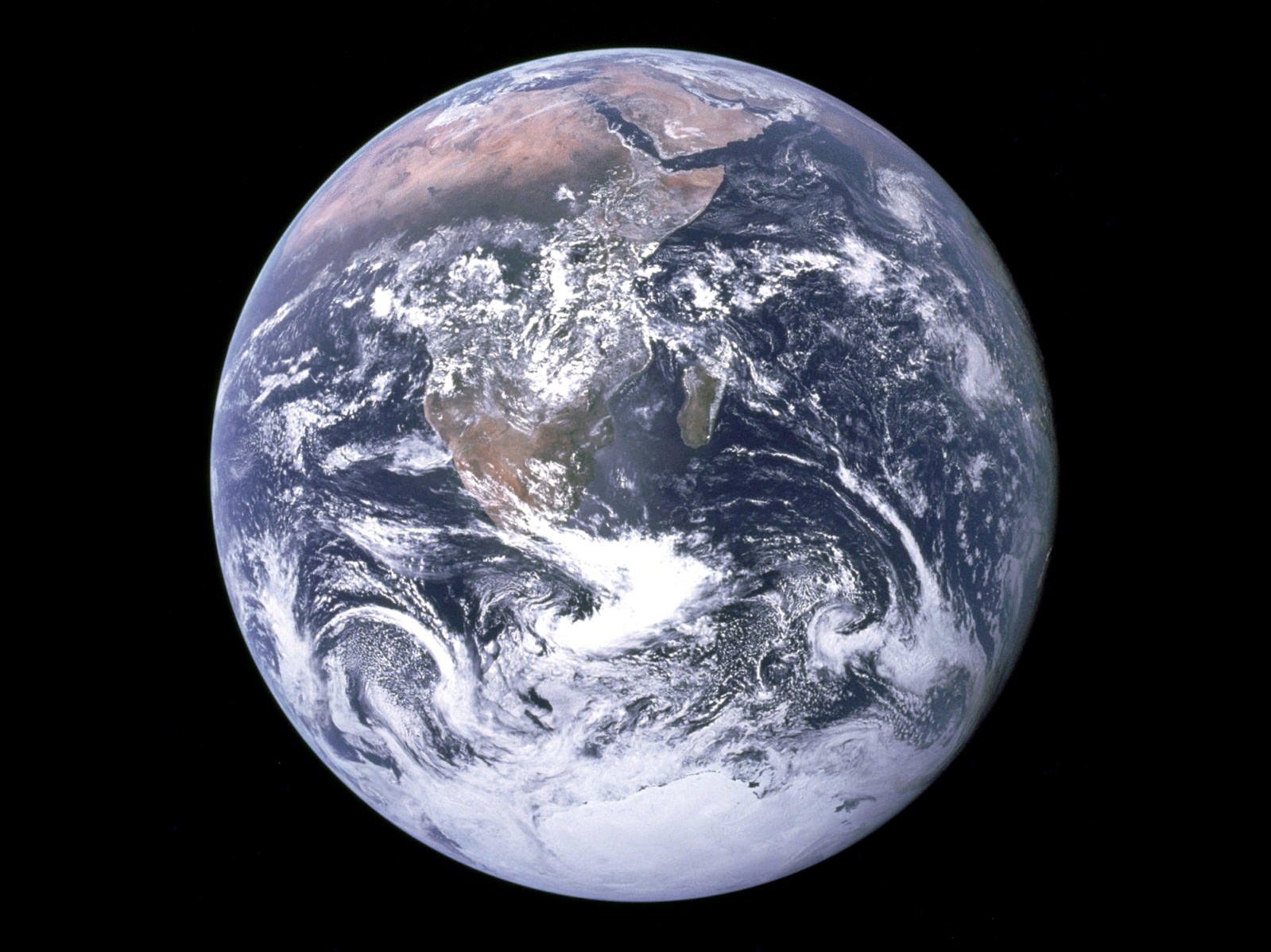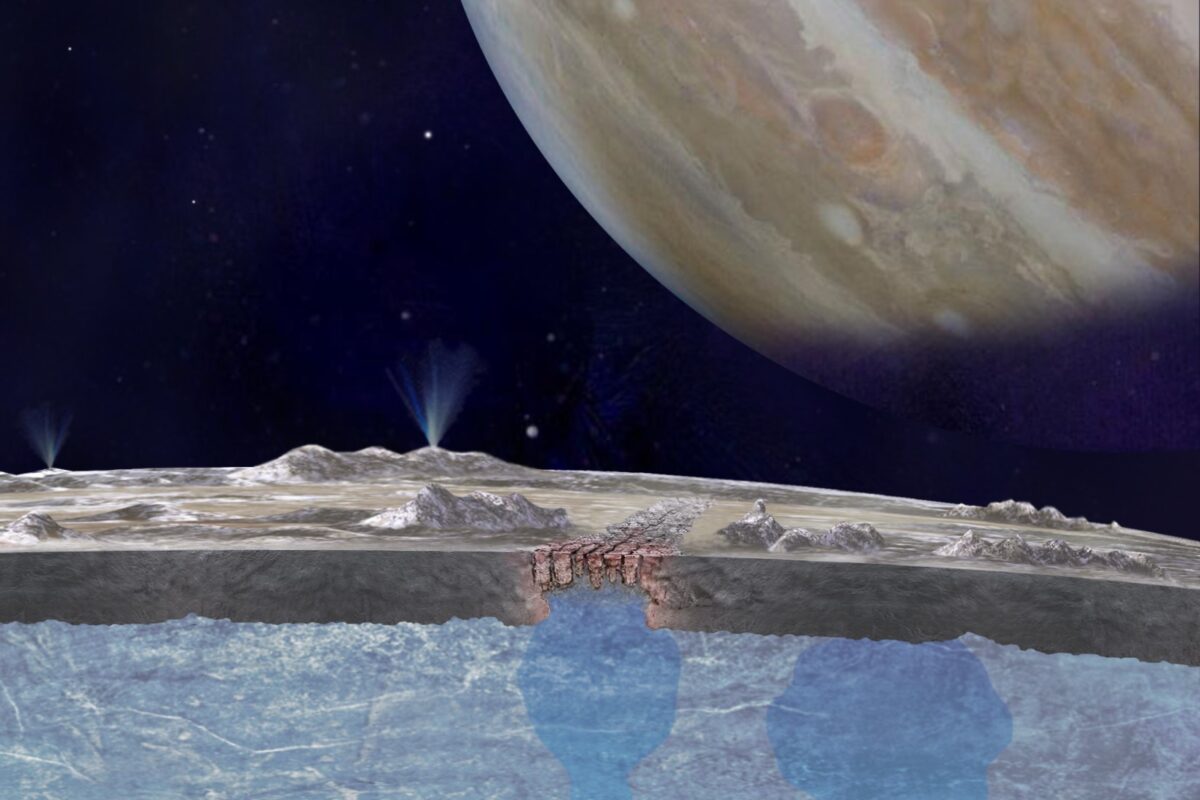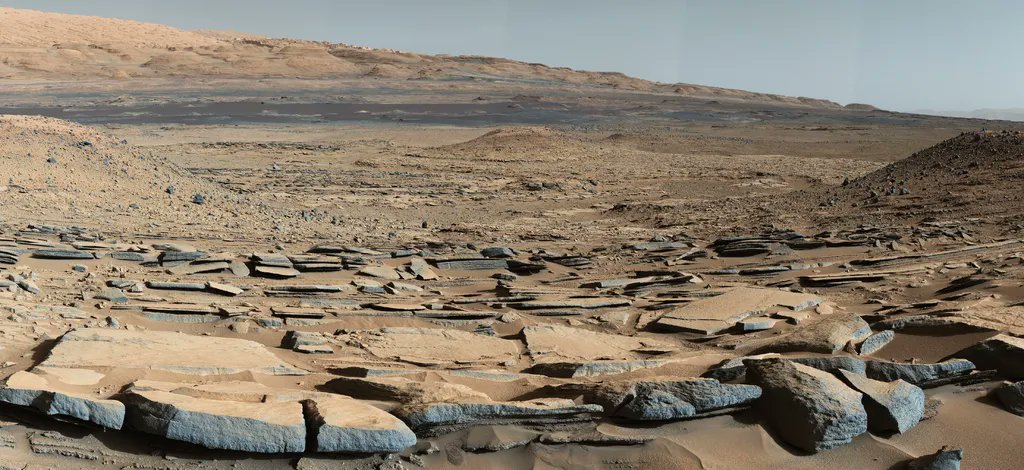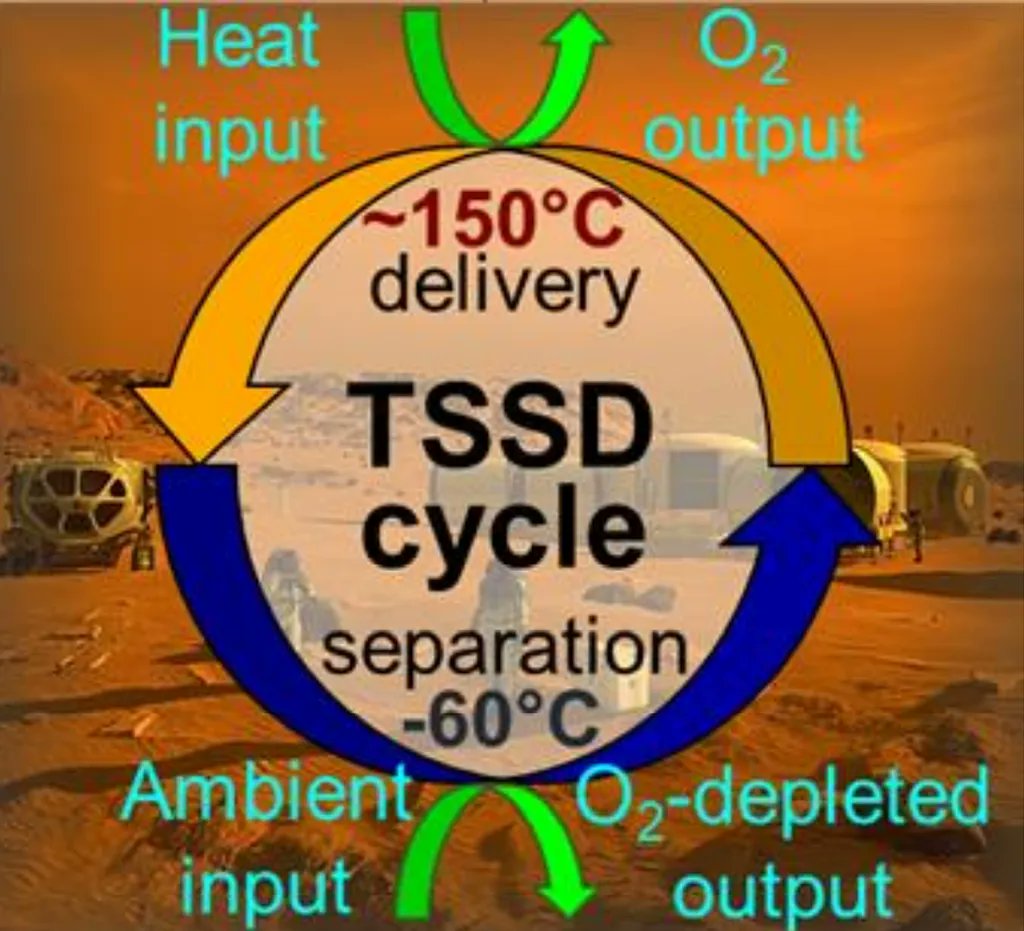Earth was once entirely molten. Planetary scientists call this phase in a planet’s evolution a magma ocean, and Earth may have had more than one magma ocean phase. Earth cooled and, over 4.5 billion years, became the vibrant, life-supporting world it is today.
Can the same thing happen to exo-lava worlds? Can studying them shed light on Earth’s transition?
Continue reading “How Do Lava Worlds Become Earth-Like, Living Planets?”








